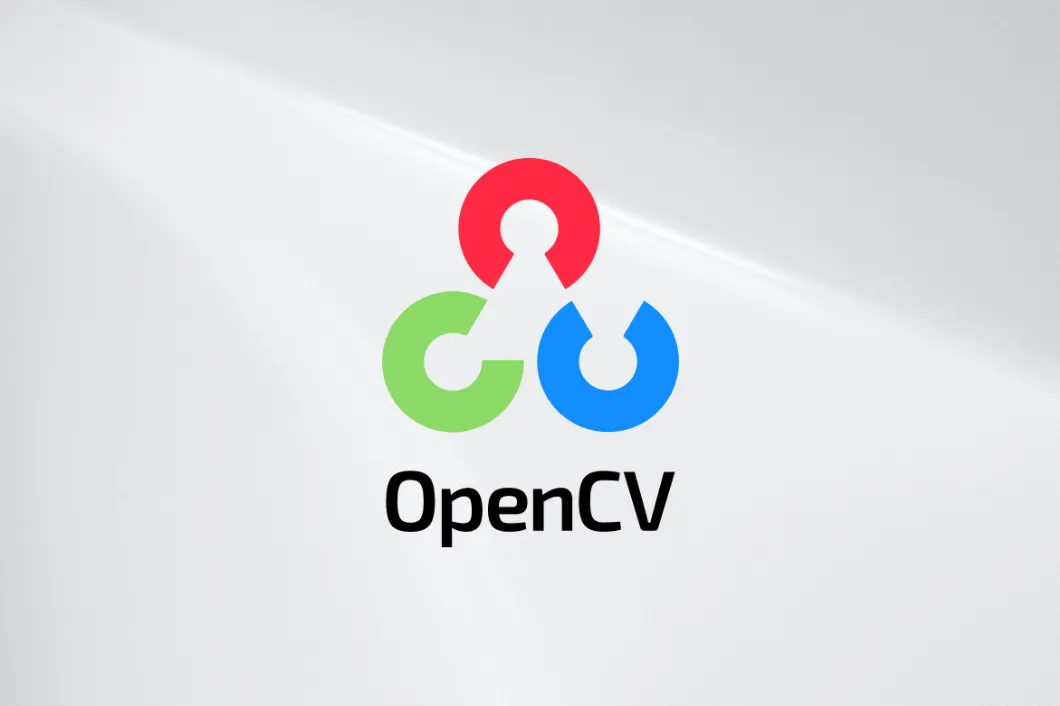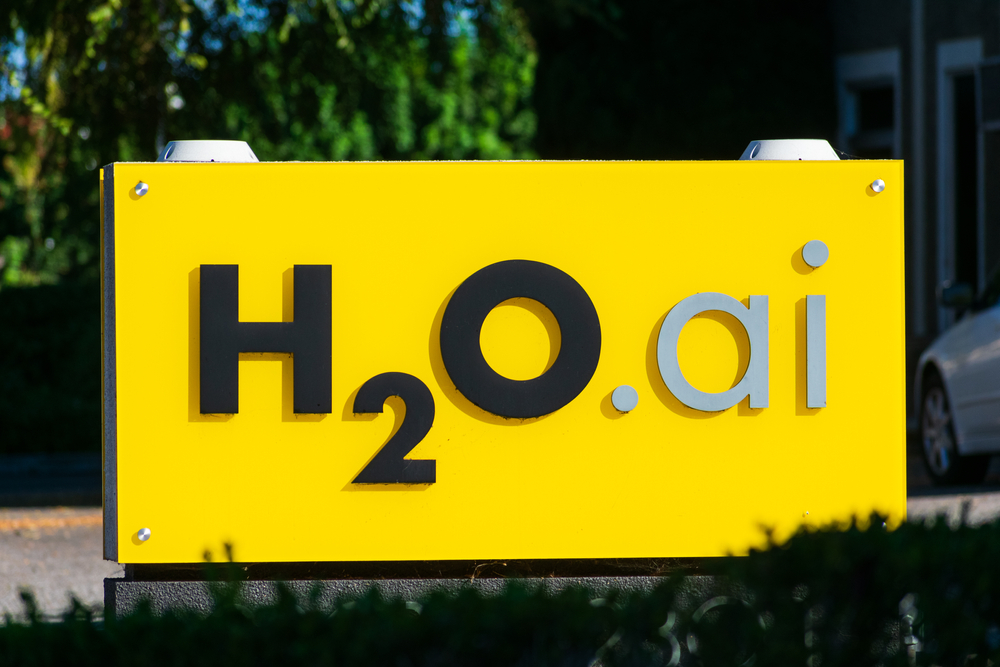Open Source AI Software: Unlocking Innovation
- Potter Le
- 0 Comments
Open Source AI Software brings many benefits. It’s all about collaborative innovation, transparency, customization, and cost-efficiency. So, let’s take a closer look at the top five open-source AI software tools making waves in this digital age, promising enhanced productivity across the board.
I. The Importance of Open Source AI
Open source AI encourages a culture of creativity, giving companies more freedom to develop innovative AI solutions and to draw on ideas from others to incorporate AI into their operations smoothly.
On the other hand, taking a closed approach to developing AI applications tends to slow down progress. It doesn’t allow for effective feedback loops to solve problems and improve products, hampers the growth of essential AI skills, and makes people doubt the reliability of AI models and predictions. An open source AI community can achieve these goals more quickly, overcoming challenges like high licensing costs and a lack of skilled individuals that hold back advancements in AI.
Another way to look at building an open source AI community is that it encourages people to understand the needs of customers and fellow creators. This thinking can balance the significant impacts affecting small and large organizations, communities, and even entire countries.
Learn More On:
II. Top 5 Open Source AI Software in 2025
Next, we’ll delve into the world of cutting-edge technology and explore the best open source AI software that are set to revolutionize the digital landscape. These tools offer collaborative power, transparency, and cost-effectiveness, driving the next wave of innovation and enhanced productivity in artificial intelligence.
1. Acumos AI
Acumos stepped onto the scene in 2019, bringing a fresh perspective to open source AI software. What’s interesting is its collaboration with industry bigwigs AT&T and TechMahindra, aiming to shift the narrative away from tech giants like Microsoft, Google, and Apple, always leading the open source charge. Their mission? To democratize AI and make it accessible for business applications. That’s where Acumos AI comes in – think of it as a design studio rooted in Linux. Its job? To seamlessly blend different frameworks and make developing cloud-based AI applications a breeze.

So, what makes Acumos AI stand out?
- The Acumos Marketplace: Imagine a hub where you can dive into various AI libraries.
- Onboarding Support: This feature ensures that different systems play nice together.
- A Handy Graphical Tool: Easily manage your AI models and get them ready.
- Community Collaboration Space: This is where community efforts boost marketplace solutions.
- Dockerization Support: Keep your AI secure by running it in isolated containers.
- API Connection and Microservice Tools: Effortlessly plug into APIs and tackle microservices like a pro.
The real gem in Acumos AI’s crown is its Graphical User Interface (GUI) design studio. This means you don’t need to be a coding whiz – visual programming makes AI development more straightforward and accessible. Plus, you can use the onboarding tools to make your AI compatible with other frameworks like TensorFlow and H2O.
Acumos is an exciting player in the open source AI field, especially if you’re all about making AI reachable. It sorts out the nitty-gritty of the infrastructure, making it quicker to build and launch AI apps. And the best part? It plays well with popular programming languages like Java, Python, and R. The Acumos AI Platform takes care of everything, from shaping your models to running them, enhancing them, and putting them out in a bustling marketplace.
Get A Free Consultation:
2. OpenCV
OpenCV, or Open Source Computer Vision Library, as one of the best open source AI software, is a robust collection of AI algorithms designed to handle real-time computer vision tasks. It first merged during the early days of AI development as a project by Intel in 1999. Later, in 2012, a non-profit foundation took the reins, overseeing the community, aiding users, and supporting developers. In 2020, they launched the OpenCV AI Kit campaign to gather funds for new hardware modules.

OpenCV comes with several impressive features, such as:
- Proven effectiveness across various uses, including facial recognition, human-computer interaction, object detection, motion tracking, and more.
- A machine learning library with algorithms for tasks like decision tree learning, the k-nearest neighbor algorithm, artificial neural networks, random forest, and deep neural networks (DNN).
- Compatibility with desktop systems and mobile platforms like Android, iOS, Maemo, and BlackBerry 10.
- It has educational courses that cover computer vision, use cases, and deep learning.
- It was initially developed primarily in C++, with additional wrappers for languages like Java and Python.
- They also offer a range of spatial imaging cameras through their hardware store.
OpenCV stands out as one of the industry’s longest-running and most thoroughly tested open-source AI software libraries. Starting as a native C++ computer vision library, it has evolved into a versatile and easily applicable platform.
Businesses aiming to tap into AI-powered computer vision for complex tasks, like facial recognition and augmented reality, should seriously consider OpenCV. Its extensive array of algorithms, educational resources, and additional hardware options provides an all-inclusive solution covering all the bases.
3. PyTorch
PyTorch takes the original torch framework for machine learning, which used Lua programming, and makes it better. In 2016, Facebook’s AI research lab introduced PyTorch as a Python-based way to develop AI and machine learning apps. They did it as open-source so that anyone could use it. There’s also a version of PyTorch for C++. Nowadays, PyTorch has grown into an extensive system that gives developers all they need to speed up AI work, from research to making it work.

PyTorch comes with some elegant features:
- You can use TorchServe to put your models out there for people to use easily.
- It’s got a fancy tech setup that lets it train things across lots of computers, which makes it work better.
- You can use it to do intelligent things with pictures and understand human language.
- All the big public clouds like it, so you can be flexible with where you work.
- You can start from Python and end up with apps for phones like iPhones or Android devices.
- It can turn its work into a handy, unique format called ONNX.
PyTorch is super special because it is available on cloud platforms like Alibaba Cloud, Amazon Web Services, Google Cloud Platform, and Microsoft Azure. That means you can get the software from these places and start using it without switching your cloud setup.
Among all the cool open-source AI stuff, PyTorch has the broadest range of things it can do. It’s not just for looking at pictures – you can use it to make sound better, understand languages, translate, and more.
4. H2O.ai
Established back in 2012, H2O has been a real trailblazer in the world of open-source AI innovation for almost a whole decade. They’re in cahoots with bigwigs like NVIDIA, IBM, Intel, and Google, teaming up to push the envelope on those grand AI and ML projects. Just recently, the Infocomm Media Development Authority (IMDA) over in Singapore gave them a nod of approval, making their global presence even more solid and giving a green light for all sorts of Singaporean public sector outfits to tap into what H2O brings to the table.

Now, let’s talk features – H2O.ai comes packing some nifty stuff:
- They’ve cozied up to Hadoop and Spark, so they’re all about tackling AI with those massive datasets.
- Their toolkit’s got a bunch of machine-learning smarts, covering everything from keeping an eye on training (that’s supervised) to letting the system teach itself (that’s unsupervised).
- They’re sharp in figuring out your data’s structure before it lands on their doorstep.
- No matter where your data’s hanging out or how it’s dressed (in format), these folks are cool with it.
- They’ve got what they call “Driverless AI,” like the AI version of a GPS guiding non-techie folks through getting data ready, tweaking settings, and picking the suitable algorithms to sort out specific business puzzles.
- If you’re into breezy navigation, their web interface, Flow, is your ticket.
Here’s where it gets exciting – H2O has this slick feature that’s hard to miss: their AI hybrid cloud mojo. It’s like an all-in-one package deal, letting you do your data prep, modeling, running the show, development, and using AI all cozy-like in one spot. And the cool part? You can do it with your AI pals within this central hub. They’ve made it work with Kubernetes so that you can run the whole shebang on any cloud setup or turf.
In the grand scheme, H2O is like a buddy to those just dipping their toes into the AI waters. You can start with their open-source setup, giving it a whirl with your company’s data. And as you get more ambitious and your apps begin to spread their wings, H2O’s there to hold your hand, offering training, jazzing things up when needed, tossing in some auto-ML magic, and more.
5. TensorFlow
When it comes to open-source AI software, you can’t miss out on Google’s TensorFlow. It all began as an internal project by the Google Brain Team in 2011, focusing on deep learning neural networks. As Google saw the potential and started using it in various ways, they decided to share the wealth and made TensorFlow open source in 2015. Fast forward to today, and many of the big names in open-source AI frameworks are built on top of TensorFlow. It’s got this active worldwide community and a bunch of learning resources available.

So, here are some noticeable things about TensorFlow:
- It’s one of the few open-source AI tools with multiple languages, including the not-so-common JavaScript.
- They’ve cooked up user-friendly APIs like Keras that make creating and training machine-learning models a breeze.
- You can use it for machine learning, in-house, on the cloud, browser, or just chilling on your device.
- Do mobile apps or tiny IoT gadgets? TensorFlow Lite is what you need to make them bright.
- Your AI/ML models can get along just fine with different versions of TensorFlow. No drama.
It’s not just about features, though. TensorFlow’s natural charm is its learning community. If you’re dipping your toes into open-source AI/ML, you’re in for a treat. There are free tutorials, full-on courses, certifications, and TensorFlow’s super-detailed documentation to help you. Plus, it’s like that adaptable friend who can speak any language and fit into any crowd – you can use TensorFlow with whatever language or setup you prefer.
While TensorFlow can handle some seriously expert-level stuff, it’s not snobbish. It’s got a wide range of uses, from predicting stuff to sorting objects and even having conversations. TensorFlow might be your new best friend if your business is about the long game with AI/ML, or crunching numbers is your bread and butter.
Conclusion
Ultimately, the Open-source AI technology you go for will depend on what you’re aiming for with your software development. What specific tasks are you looking to tackle using AI? Which is the best Open-source AI Software? Do you need a visual interface, or are you comfortable using command inputs? And which programming language does your code use?
If you’re looking for clear and helpful answers to all these questions, TECHVIFY is here to lend a hand. Just contact us, and our experts will handle everything else smoothly.
TECHVIFY – Global AI & Software Solution Company
From Startups to Industry Leaders: TECHVIFY prioritizes results, not just deliverables. Accelerate your time to market and see ROI early with high-performing teams, AI (including GenAI) Software Solutions, and ODC (Offshore Development Center) services.
- Email: [email protected]
- Phone: (+84)24.77762.666





